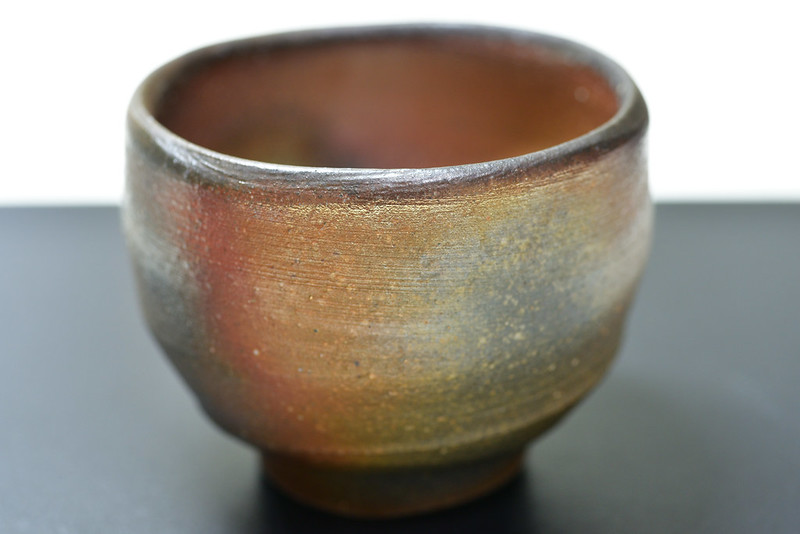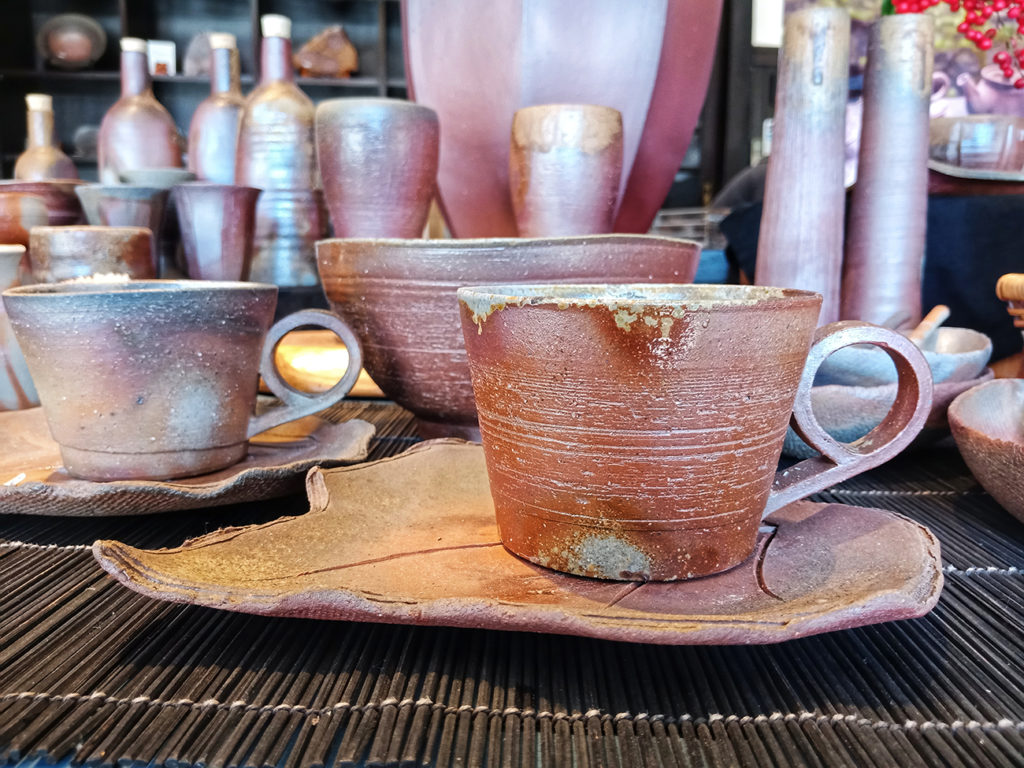
Timeless Bizen Ware: One of Japan’s Popular Forms of Pottery
Pottery, one of Japan’s most famous ancient art forms, dates back to the New Stone Era (10,200 BC). The earliest earthenware was known as Jōmon ware. Pots were coil-made earthenware decorated with rope patterns and baked in fire.
Bizen ware is characteristically reddish-brown in color. It is known for being hard as iron, and it isn’t glazed like other types of pottery. It has distinct markings from the wood-burning kiln (an insulated chamber or oven with controlled temperature used for hardening or drying earthenware) firing.
Bizen is named after the village of Inbe in Okayama Prefecture, previously known as Bizen province. Most of the ceramics produced in the southeastern part of Okiyama Prefecture are known as Bizen ware. Bizen is one of the six surviving kilns from medieval Japan.
The clay from Bizen has a high iron content which makes it resistant to glazing, hence its subdued finish. The outer layer of the earthenware is entirely dependent on the kiln firing. Bizen ware is fired in kilns only once or twice a year because it is a slow process that can take a long time and a lot of wood. The fire is usually kept burning for 10 to 14 straight days.
There are several ways to accentuate Bizen ware. Pine ashes produce a spotted effect known as goma. Wrapping rice straw around the clay can create brown and red markings. Finally, the precise placement of the pieces in the kiln can produce a multitude of surprisingly beautiful outcomes. Bizen ware has very subtle gradation in color and design that give it a special warmth in appearance. These gradations also give more depth to its own distinct simplicity.
Bizen ware comes in many forms–things we use every day in homes such as pots, plates, jars, and bowls. It was designated a Japanese traditional art form in 1982. From the 6th century to the present, Bizen ware continues to be a favorite among Japanese and people from around the world who appreciate true craftsmanship.

